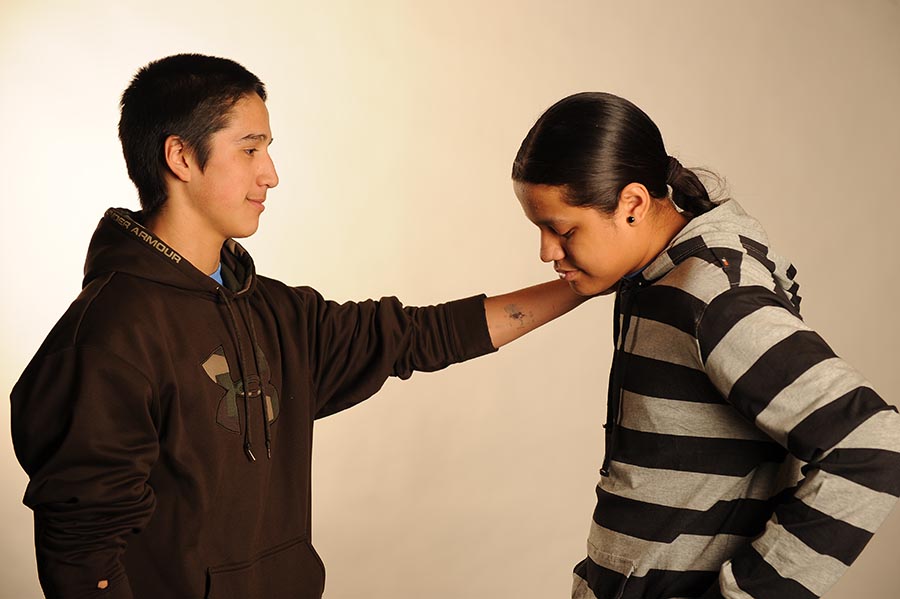It is normal to argue or disagree with people. Everyone experiences some conflict in their life. Resolving conflict or disagreement isn’t always an easy thing to do.
How to resolve your differences: approach the person first
Talking to the person about your disagreement can be helpful as long as it is done in a mutually respectful manner. Make sure it is done in a constructive way by thinking about the points you want to express. Approaching the person is more often effective if you are calm and not angry.
Allocate time to talk. Tell them calmly that you want to talk to them about the disagreement.
Gain an understanding of each other’s perspective. To help understand why the disagreement started, it may help to ask questions about their point of view.
Explain how you feel. When you talk to the person, tell them how you feel – this is different and in addition to your perspective or point of view. Use “I feel” statements.
Use a mediator. Asking another person to act as a mediator can help you both get another perspective on the disagreement. It is important that this person is neutral in both of your eyes (e.g. having your boyfriend mediate a conflict with your best friend might not be the best option).
Conflict with someone at work or at school. Each employer is different on how they handle conflicts for employees. If you have a conflict with someone at school who may have a higher status than you (e.g. a professor, school administrator or teaching assistant), there are usually counselors that can help you resolve these conflicts.
Agree to disagree. Even after taking steps to resolve a conflict, you might not still be able to agree. It’s alright to agree to disagree. What are some other ways that your tribe or community has resolved conflicts in the past?
Acknowledgement: This fact sheet was originally developed by youth and staff at ReachOut.com, a website that helps teens get through tough times.
Special Thanks: Rebekka Meyer, Project Director at FirstPic, Inc.


